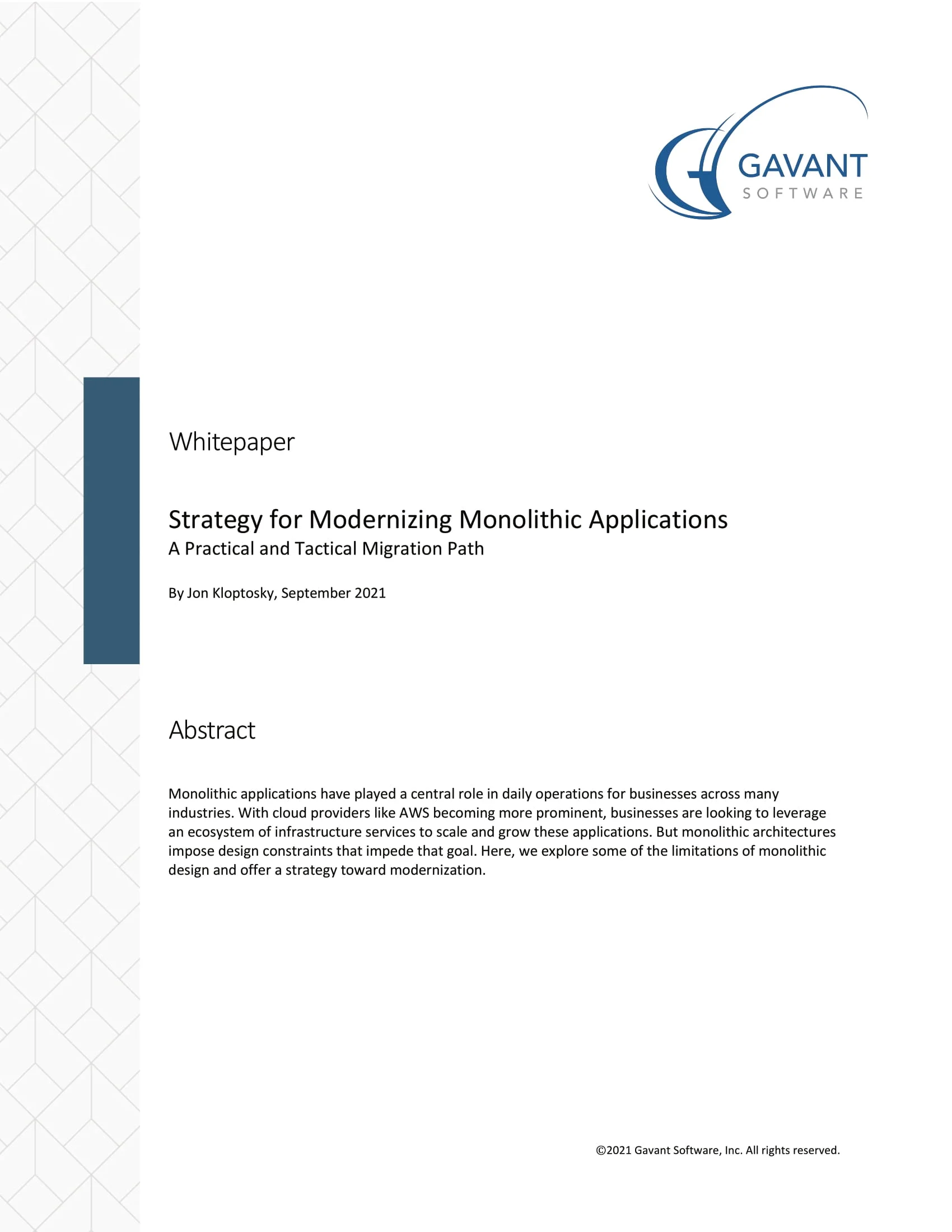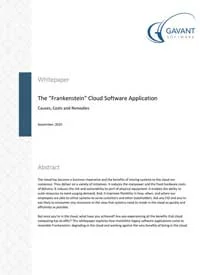Legacy Software Neglect Causes Travel Fiasco for Southwest Airlines
Industries across the spectrum are modernizing mission critical legacy software systems as a business imperative. Those industries leading the charge see the simultaneous need to deliver on increasing customer expectations, solving their problems while automating processes to reduce cycle time and non-value-added costs.
The need to invest in legacy software and modernize digital platforms enables companies and their stakeholders to:
- Make faster, more informed decisions
- Respond swiftly to unforeseen challenges
- Respond smartly to business opportunities
- Find efficiencies that drive savings
- Innovate faster for competitive advantage
The fresh example of Southwest Airlines Christmas 2022 debacle turns out to be years in the making. And more than the result of a “perfect storm” whose consequences were unanticipated. The immediate result: 17,000 flights cancelled, over 2.5 million passengers left with no flight and no information, airports choked with stuck luggage, and the airline’s bottom line hit to the tune of $800 million. As for the long term lost business implications of diminished customer confidence, that is currently unknown.
A 35 year tenured Southwest Airlines pilot posted on social media to that effect in the days following the meltdown. He attributed the failure to years of misguided management philosophy that emphasized, among other factors, lack of focus beyond short term financial performance. It emphasized accounting and short-term stock performance at the expense and neglect of operational performance.
This veteran employee shared the warning signs that existed years before. They were manifested in the frustrations of front lines operational staff lacking the support systems needed to manage an efficient operation. They described lacking systems fundamental to getting the job done while delivering the type of customer experience that led a generation of customers to LUV them.
These neglected, patched, and inefficient underlying systems had become a time bomb waiting for the perfect storm of: a) unanticipated (but fairly routine) weather related re-shuffling of equipment and crew assets; and b) the sheer volume of holiday-related and emotionally ensconced travel taking place. The pilot shared that crews and equipment were mostly right where they were needed, and that the system, in its darkest hour, was not able to keep up with the basic software regulated process of assigning air crews to airplanes, necessary for the system to allow a flight to take place. Worse yet, the airline was unable to intelligently communicate with customers during flight cancellations.
With this turn of events, those many years of lofty financial performance had been more than negated. The company’s top executives are preparing to testify before a US Senate hearing committee to explain the meltdown. Customer confidence will take years to repair.
Too many companies today are in the same predicament as Southwest Airlines laboring into December, 2022. When will be the next straw? And what will be the cost?




 Strategy for Modernizing Monolithic Applications
Strategy for Modernizing Monolithic Applications
 The "Frankenstein" Cloud Software Application
The "Frankenstein" Cloud Software Application
 A Guide to Custom Software Development
A Guide to Custom Software Development